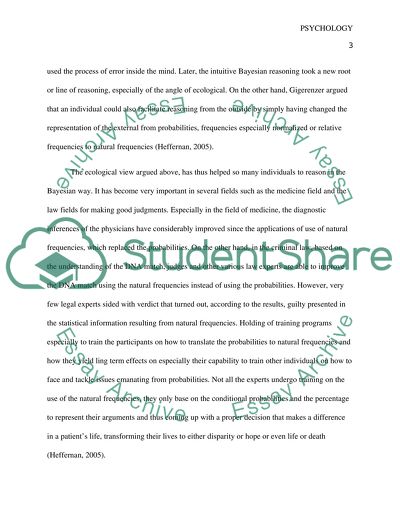Cite this document
(“Compare and contrast gigerenzers approach to judgment with that of Essay”, n.d.)
Compare and contrast gigerenzers approach to judgment with that of Essay. Retrieved from https://studentshare.org/psychology/1490876-compare-and-contrast-gigerenzers-approach-to
Compare and contrast gigerenzers approach to judgment with that of Essay. Retrieved from https://studentshare.org/psychology/1490876-compare-and-contrast-gigerenzers-approach-to
(Compare and Contrast Gigerenzers Approach to Judgment With That of Essay)
Compare and Contrast Gigerenzers Approach to Judgment With That of Essay. https://studentshare.org/psychology/1490876-compare-and-contrast-gigerenzers-approach-to.
Compare and Contrast Gigerenzers Approach to Judgment With That of Essay. https://studentshare.org/psychology/1490876-compare-and-contrast-gigerenzers-approach-to.
“Compare and Contrast Gigerenzers Approach to Judgment With That of Essay”, n.d. https://studentshare.org/psychology/1490876-compare-and-contrast-gigerenzers-approach-to.


